This project was a passion project. I really wanted to craft something that could look 1890s-1930s without looking steam punk. I also wanted it to be vague functional
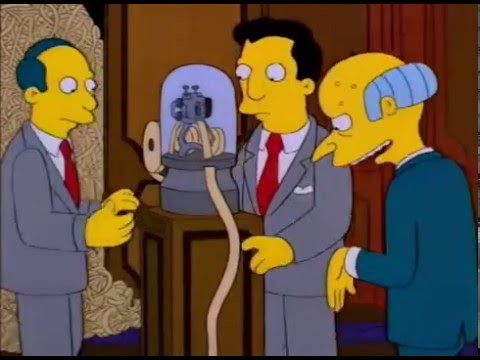
I wanted something that looks like the ticker machine in the simpsons, but was able to be a bit more functional. Here is the (mostly) finished printer in action:
 secretbatcave
secretbatcave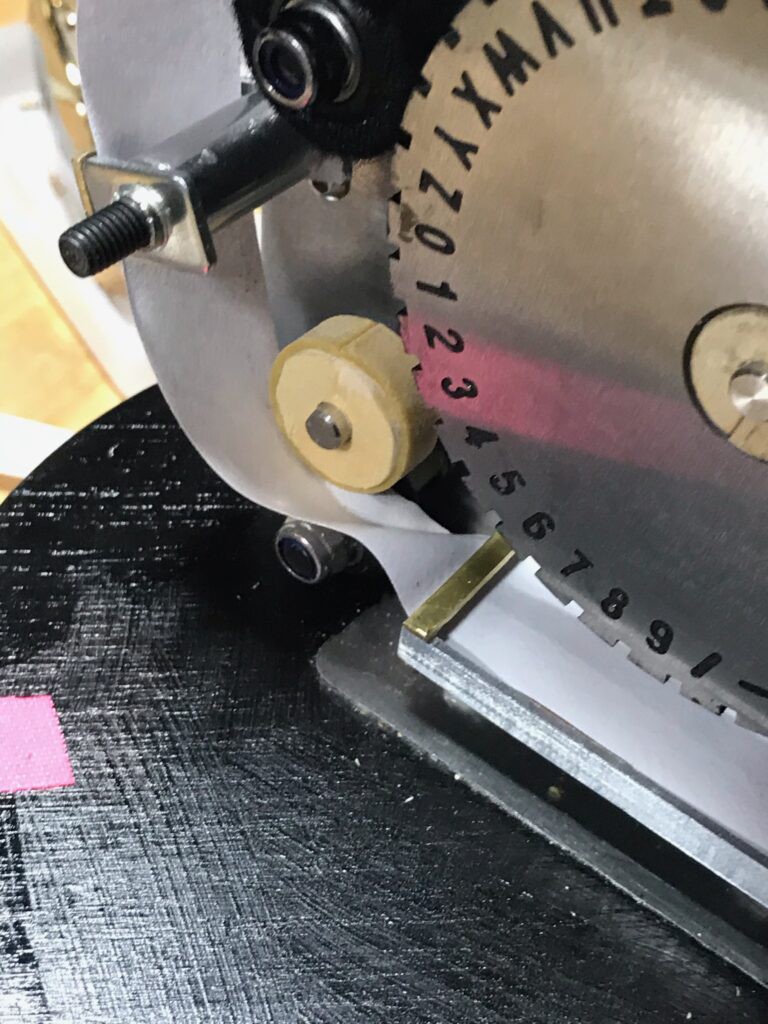
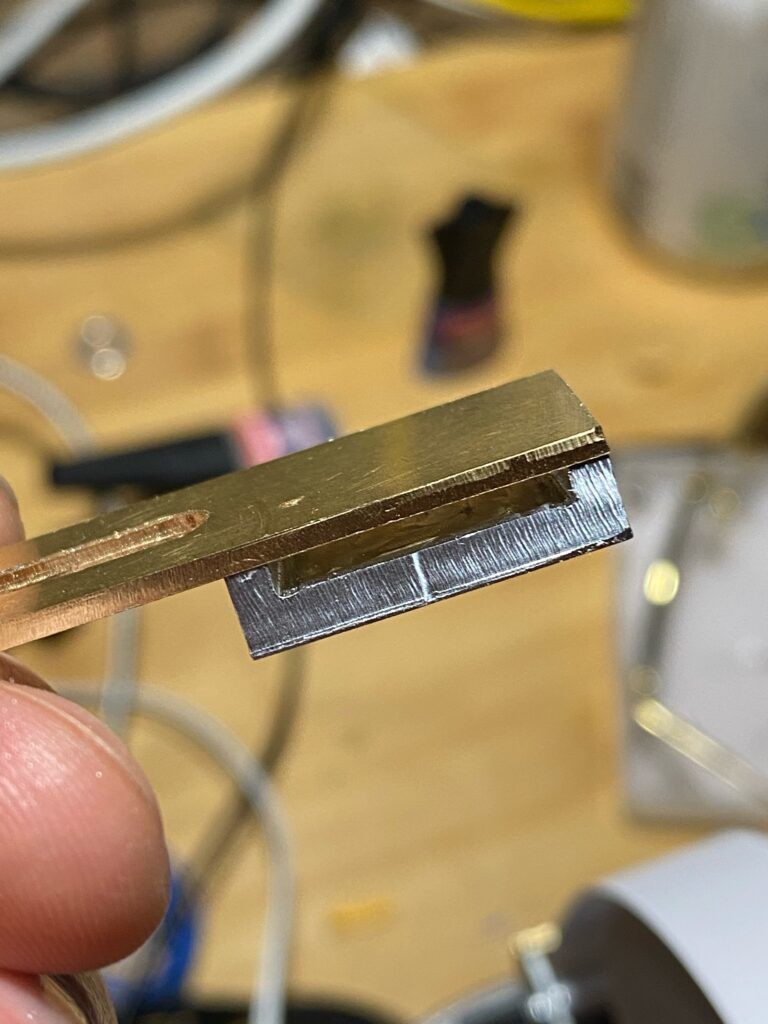
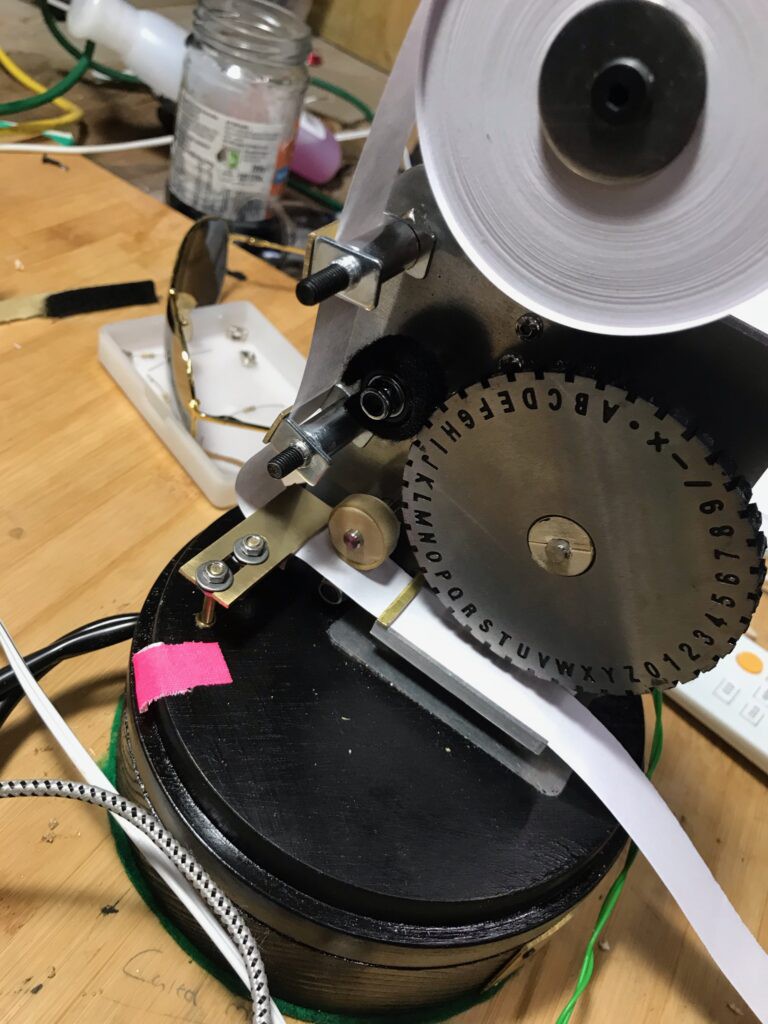
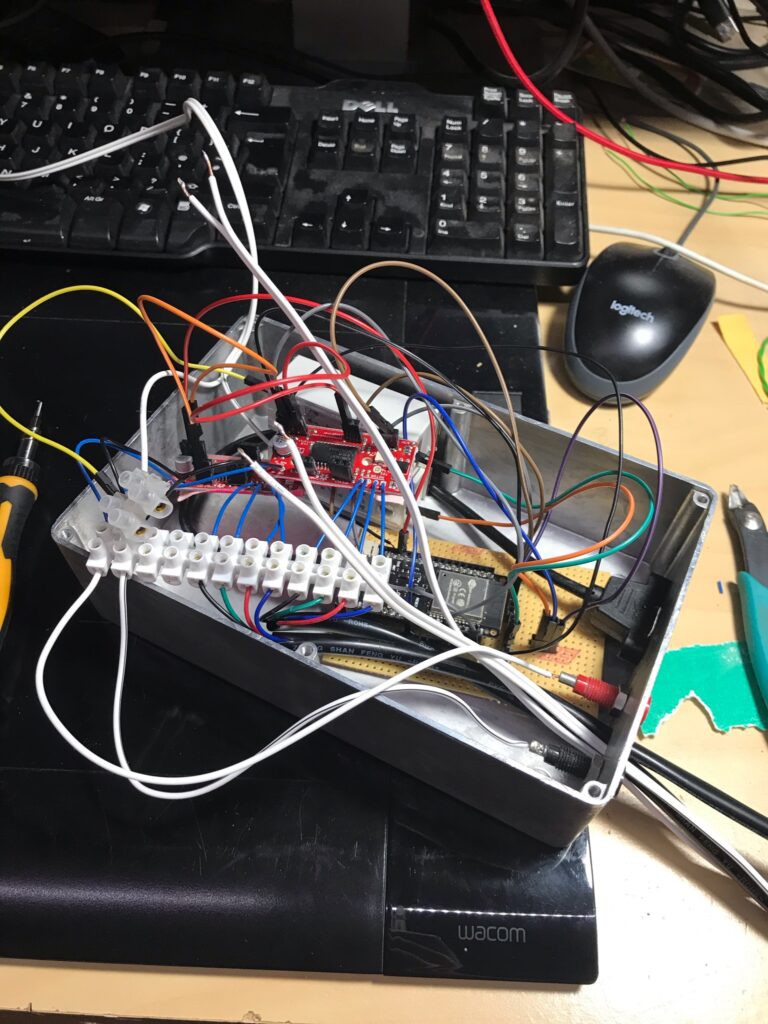
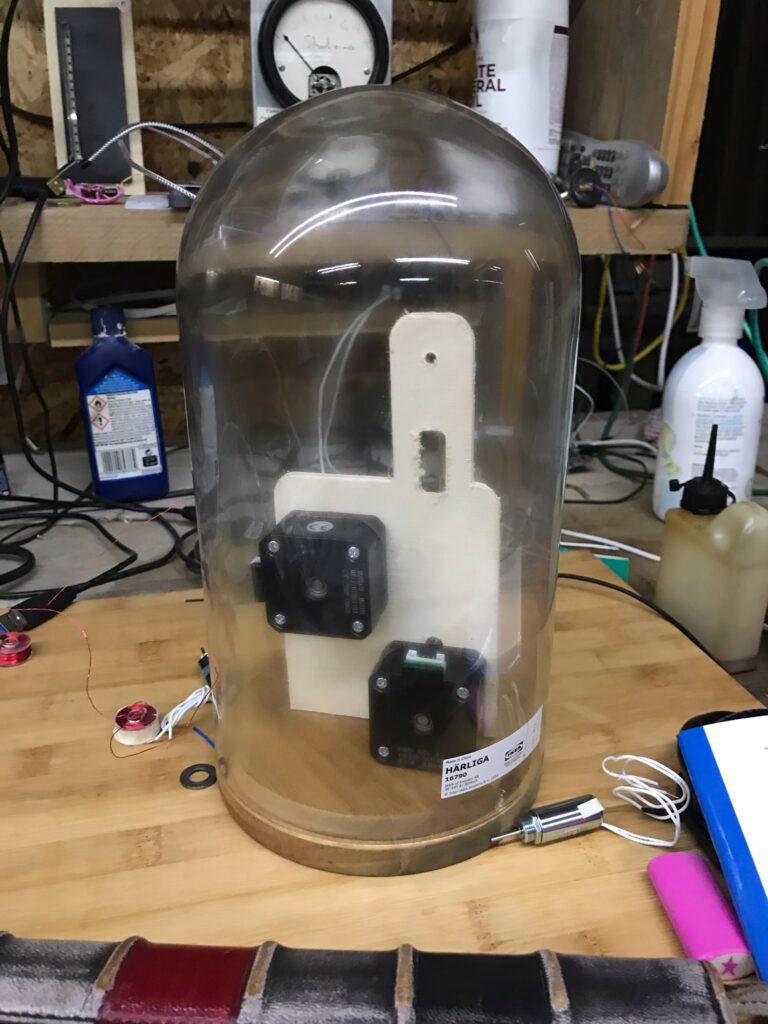
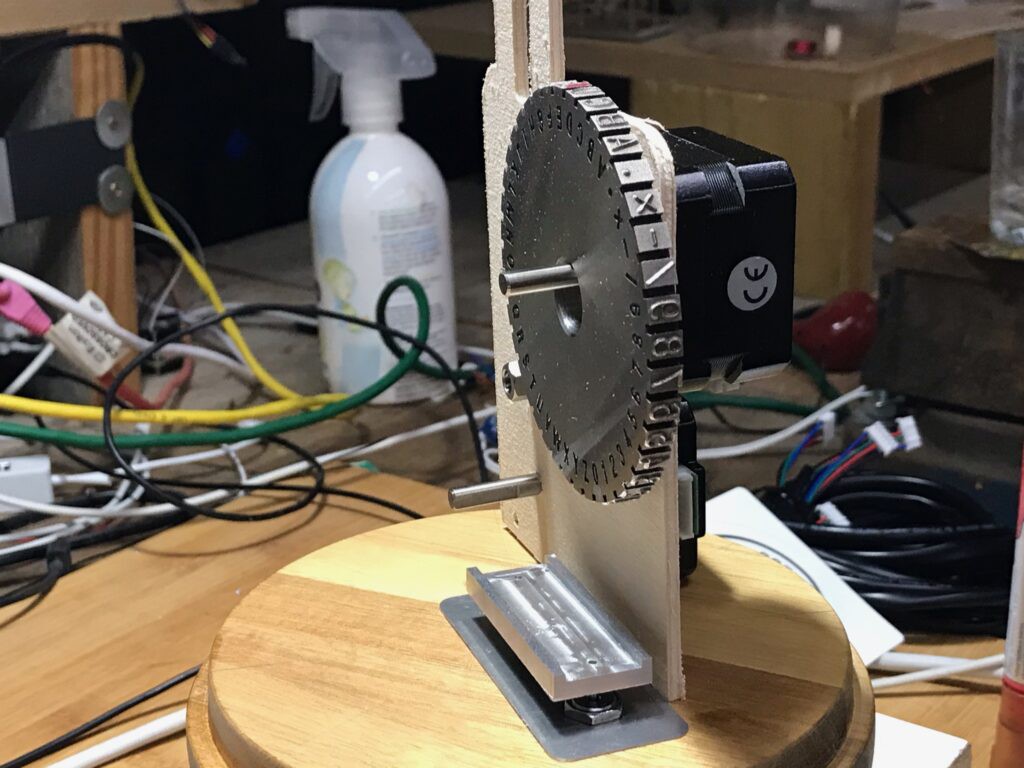
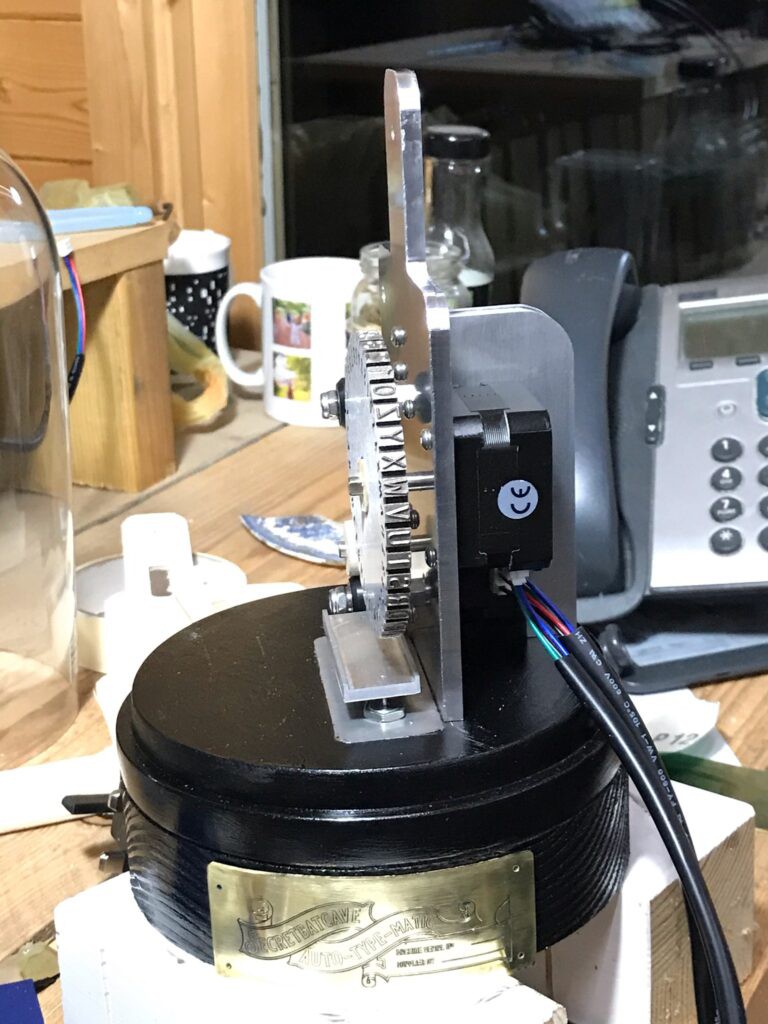

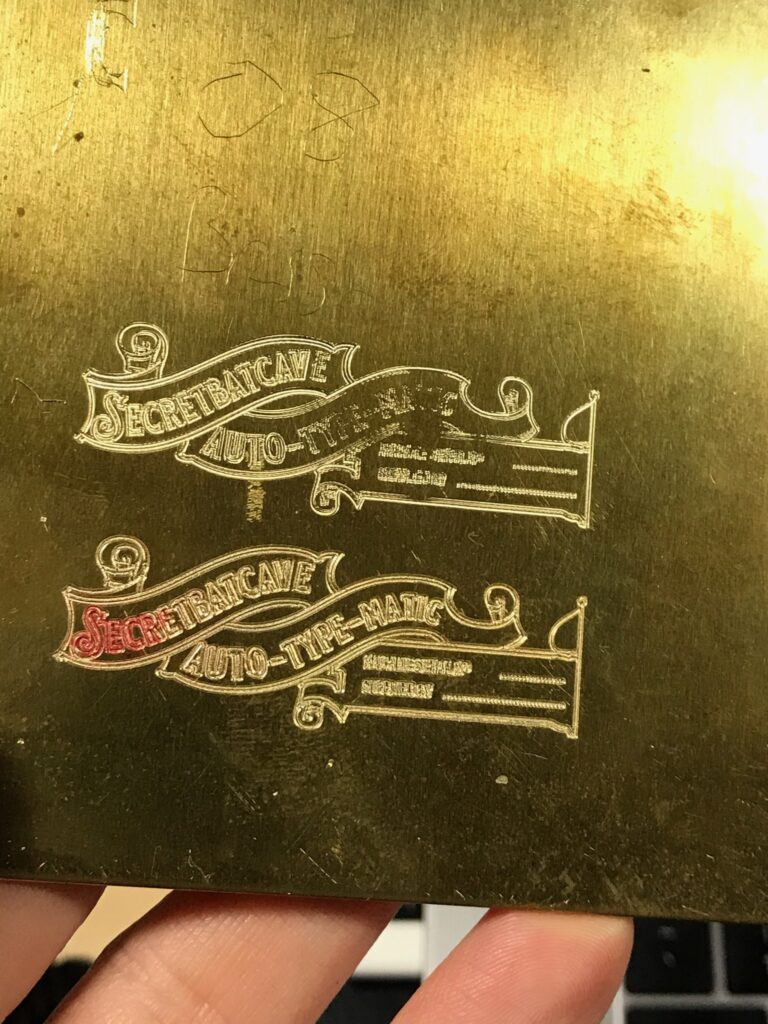
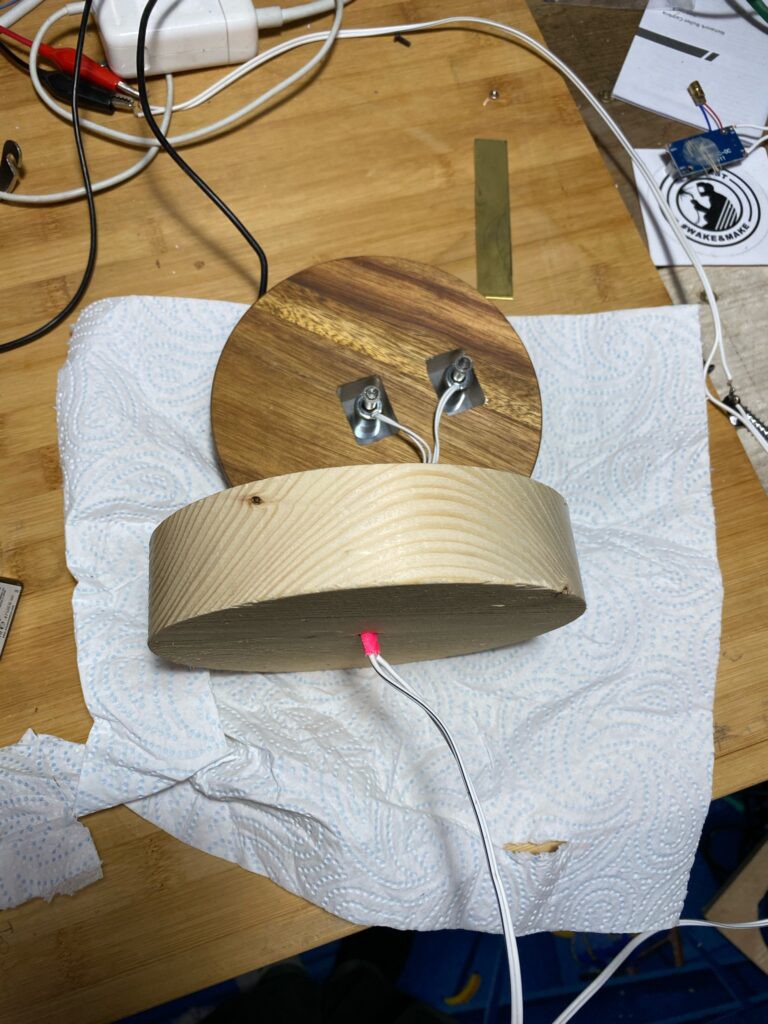
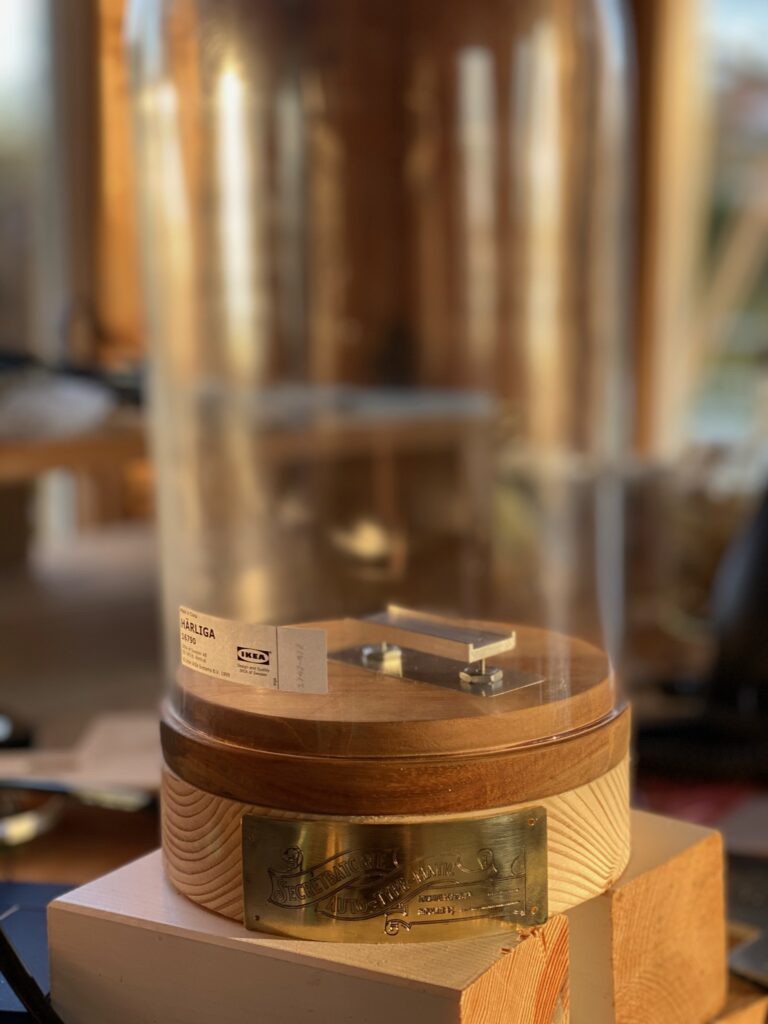
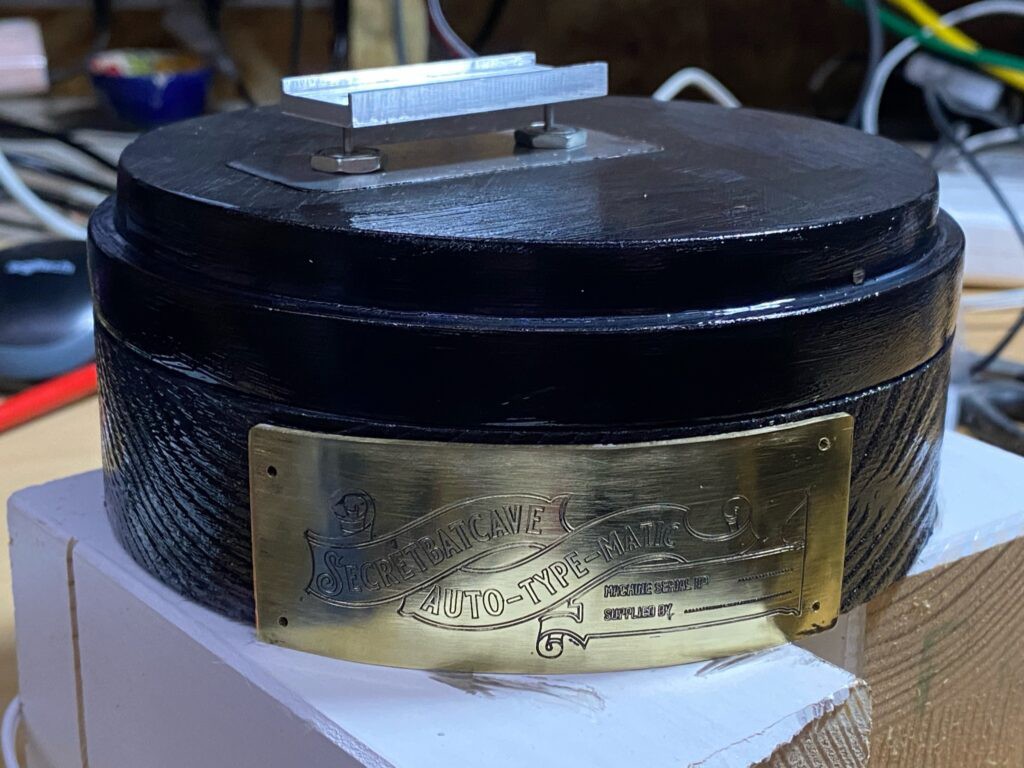
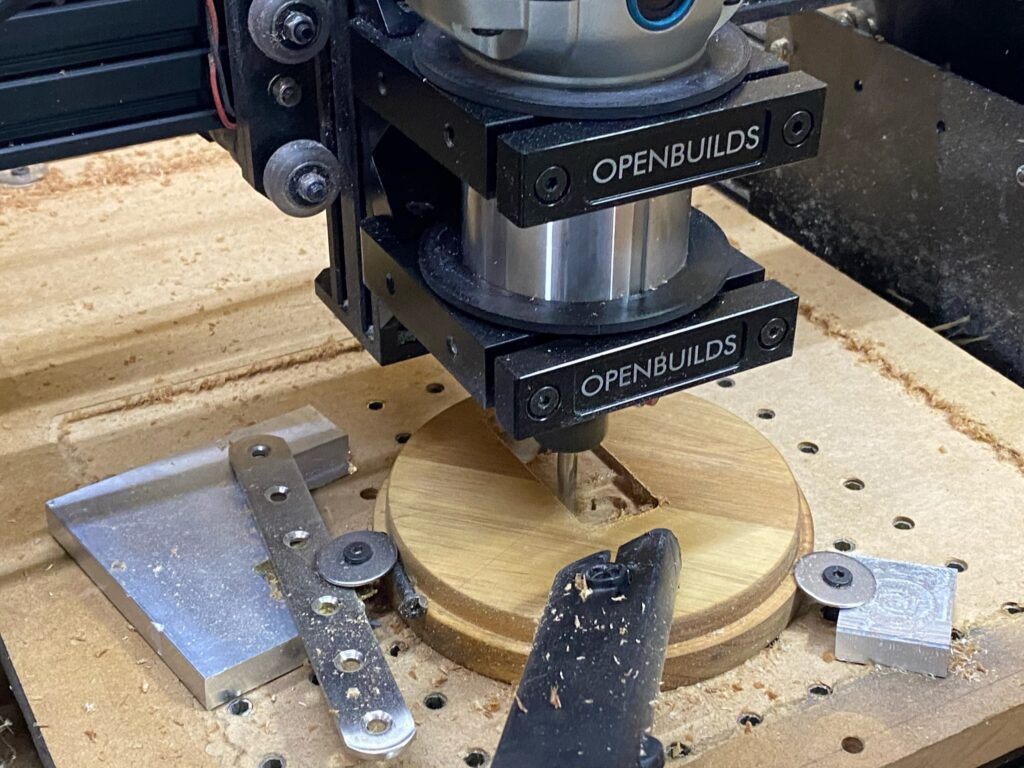
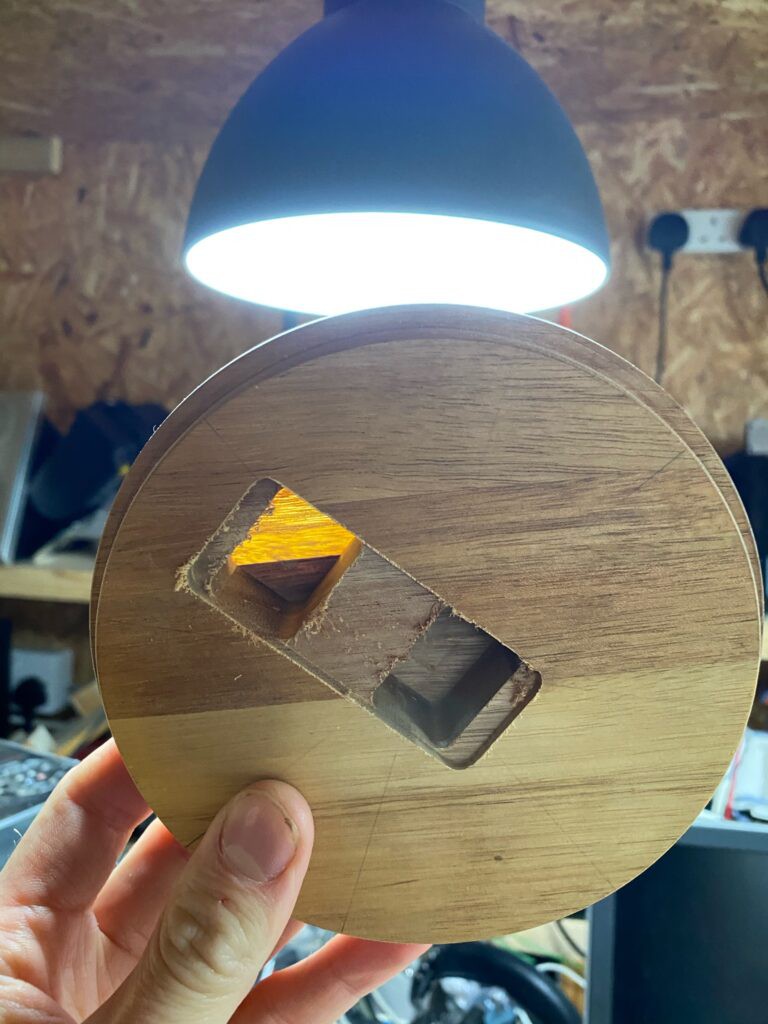

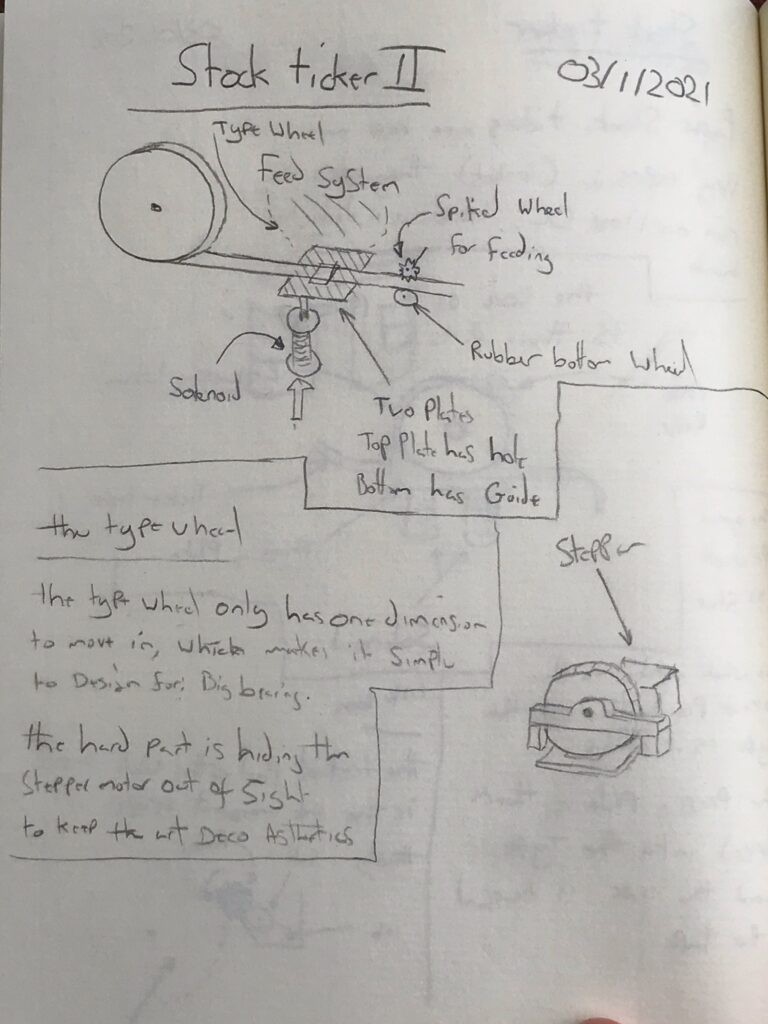
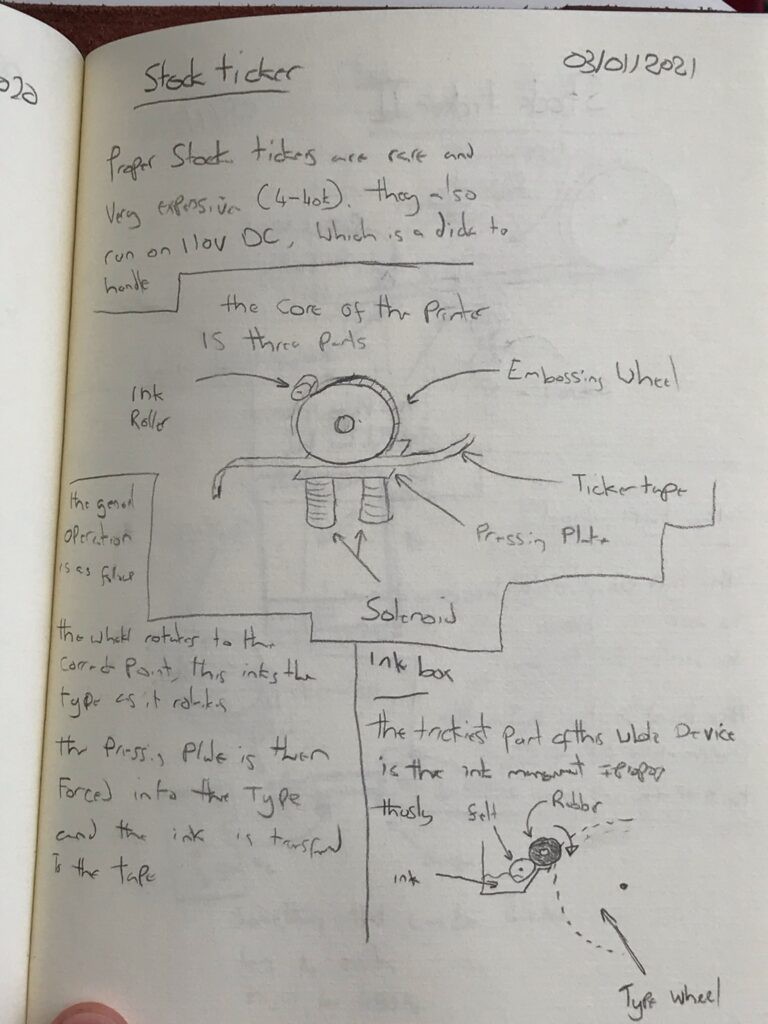
As a teen I used to muck around with teletypes so I know how hard it is just to keep one running, much less build one from scratch. So well done! The engraved logo plate was a really nice touch.